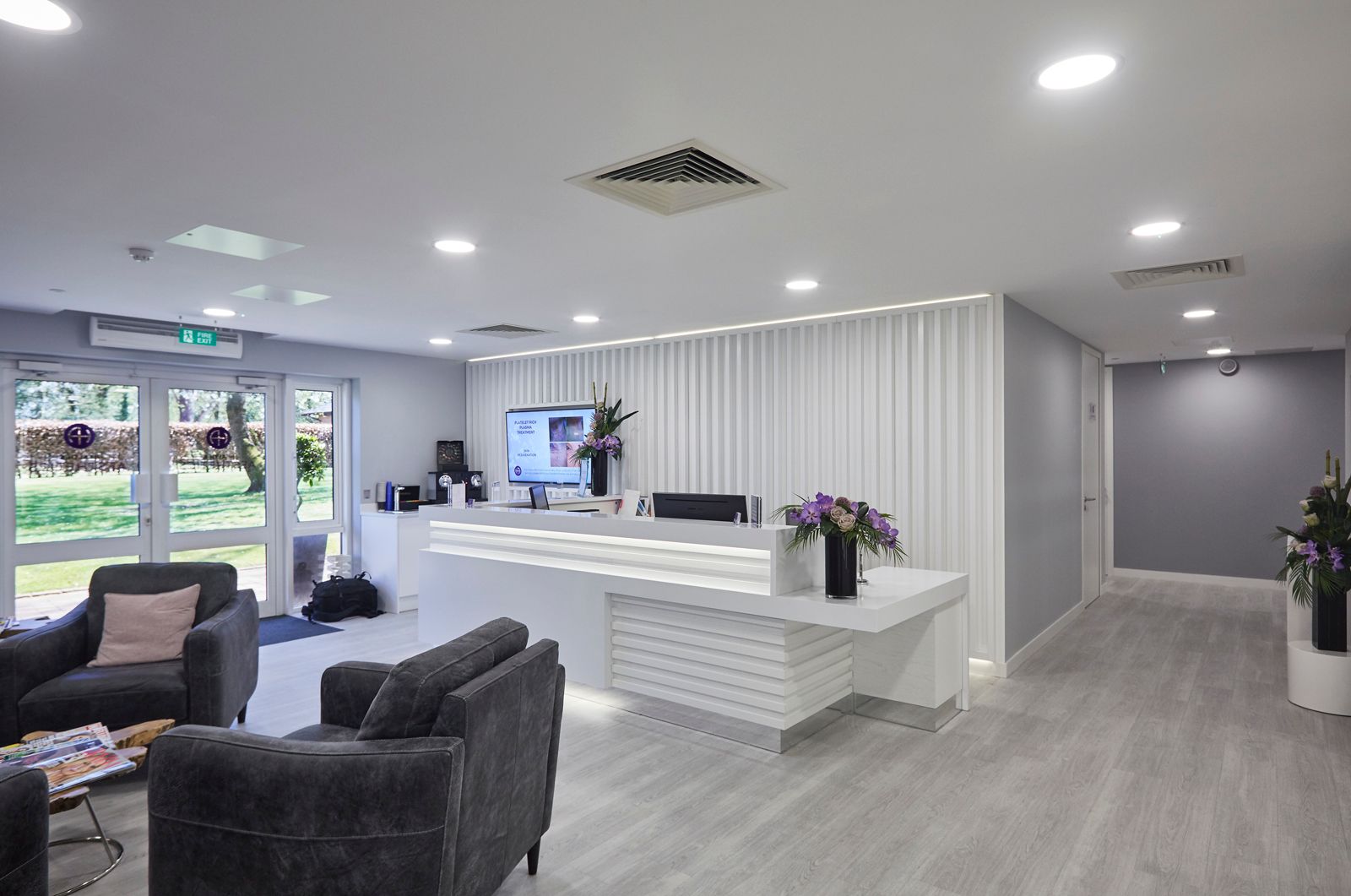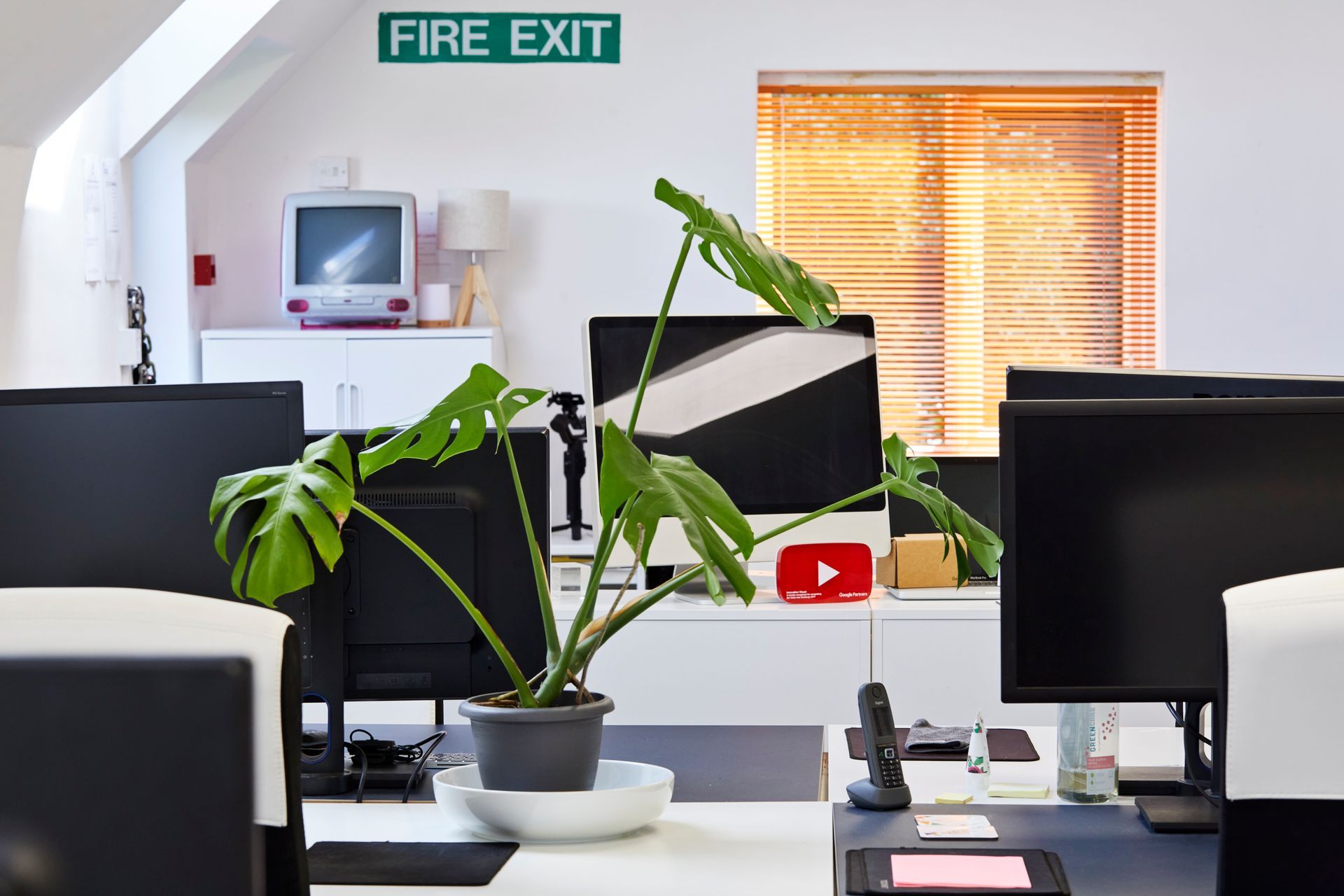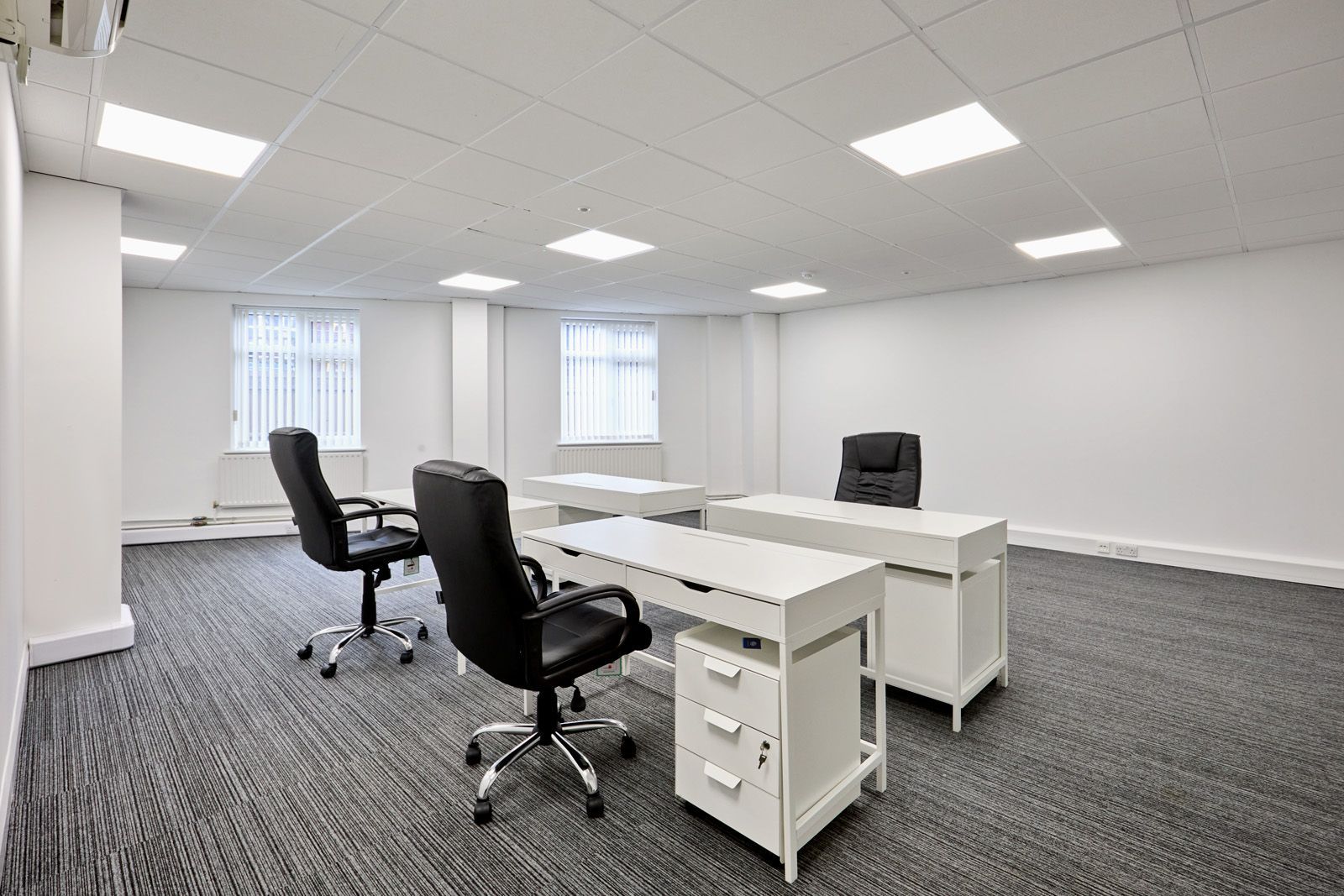How to Implement a Hybrid Office Space Policy
Prior to the global pandemic, just 32% of the population had ever worked from home, but this is now considered the new normal, with businesses across the country implementing hybrid working into their company policies.
So, why has the flexible working model become so popular?
In an office-first model, flexibility is minimal with set hours and little room for movement, but implementing a hybrid office policy offers employees the flexibility to get work done when and where they’re most productive. This new working model allows for a broader talent pool, with the option to hire talent from across the globe, therefore boosting profitability with a more specialised, bespoke team.
However, for hybrid working to be successful, it is crucial for your company to implement a hybrid office space policy, with a clear view as to how day to day work will be achieved, without a loss of collaboration and communication.
We have put together a helpful guide to ensure your company can implement an effective home/work office policy, whilst maintaining all-important employee productivity levels and keeping your staff happy.
What are the different hybrid working models?
Contrary to popular belief, there isn’t just one hybrid working model that can be implemented. From office-first policies to set-days, your company should choose the working arrangement that best aligns with the individual needs and requirements of your business and staff members.
At-Will Model
Known as the remote-first or ‘at-will’ model, this form of hybrid working puts precedence on home working but offers flexibility and an opportunity for physical interaction by allowing staff to come in when they choose. This model actively encourages remote working and tends to have operations and policies well aligned for this modern way of working. Giving staff full flexibility is great for employee retention and is likely to be something a lot of people prioritise when looking for a new role.
Office-Occasional Model
The office-occasional model, not to be confused with the at-will model, allows for a degree of freedom, without going fully remote. Companies who implement this style of working expect employees to come into the office for a certain number of days or hours a week, and work remotely for the remainder. This is a good option for businesses who would like to offer the perk of flexibility, whilst also giving employees who prefer to work in an office the chance to work collaboratively and socialise face-to-face each week.
Office-First Model
The office-first model is a good opportunity for employers who may be unsure whether a fully flexible arrangement is right for their business.
Employees are usually required to come to the office most of the time while allowing them to work remotely for a fraction of their working hours. This set-up tends to be implemented as a perk for employees, from companies who believe that face to face collaboration is key for business success.
Set Days
Another option in the world of hybrid-working is to have clear, set days where employees know they are required to come into the office. For instance, all staff may be required to come in every Wednesday. Whilst this model may lack flexibility in choosing which days are most suited to an employee’s work-life balance, this way of working does mean that staff members can guarantee they will all be at the premises at the same time, rather than commuting to what could be a near-empty office block.
Teams
Known as a ‘Hybrid Team’ this work structure will see some employees working remotely, while other team members work from a central location or office. This structure gives staff the opportunity to decide their preference and work closely with like-minded people. One drawback of this model is that it could see friction between the different ‘teams’, but when an effective hybrid office space policy is in place, this way of working should be just as effective as any other.
How to successfully implement a hybrid working model
Now that you have chosen the best hybrid working model for your business, it is now time for it to be implemented. Whilst a hybrid-working model may sound easy to implement at face-value, it can be easy to miss crucial steps which can stop business success, and employee productivity in its tracks. Explore our top tips for successfully implementing remote working into your business.
Create policies and procedures
Whether you are starting from scratch or updating an existent policy, having up-to-date policies and procedures with clear guidelines for flexible working is essential so that your staff know exactly how the business is going to run and why there have been changes implemented. Discover 6 key ideas your policies should cover:
- The type of hybrid-working model you will be implementing and how this will work day-to-day.
- Why you have decided to implement flexible working of this kind.
- Office practices to follow.
- Equipment and IT security arrangements for both remote and office working.
- Communication channels.
- Your approach to disciplinaries, grievances and absences.
You may also need to update existing policies and contracts to align with your new Hybrid-Working policy.
Ensure sufficient technology and equipment
Without sufficient technology and equipment in place, remote working will hinder business success and is likely to flop as a long-term approach. Investing in high quality materials will ensure that staff can work just as effectively from home and can deliver results up to a high standard.
Whilst there is no legal obligation to provide staff with the equipment necessary for home working, you do have an obligation to provide a safe working environment. This means that all staff should have access to a comfortable chair with a monitor and desk adjusted to a suitable height. Faulty or uncomfortable equipment will halt productivity and over the long-term, could have a negative impact on employee retention.
Likewise, is your business likely to succeed if your staff are having to work from old computers that are consistently freezing and breaking down when your competitors are using faster, more efficient systems? (The answer is – no!)
Another cutting-edge technology that can transform hybrid-working is a cloud-based system. This software makes a great addition to flexible working as staff can benefit from a virtual desktop, wherever they are. This eliminates the frustration of having to share server-based software with everyone in the office and makes working online simpler, and less frustrating for all.
Improve your communication channels
We have all become familiar with video platforms over the past year, and as they evolve even further, we are unlikely to see them going anywhere anytime soon. We have seen online communication channels such as Teams and Zoom revolutionise the working world and are now imperative tools for creating an online workforce and sense of community. To successfully implement a hybrid working model, your business needs to ensure you use high quality online platforms where remote working doesn’t hinder collaboration and productivity.
Include training and development in hybrid working
Training doesn’t have to stop when you work remotely. In fact, it’s more important than ever. Nothing is quite the same as sitting between two members of staff and discussing your challenges, but you can get surprisingly close to this from the comforts of your home!
Incorporate development reviews, employee shadowing and breakfast training sessions into your hybrid working strategy and utilise online communication tools such as Zoom and Teams. Even though you aren’t face to face, employees should still be able to progress and develop in their role just the same.
Hold regular in person team building events
Holding regular face-to-face team building events will give colleagues the opportunity to develop their relationships, which should translate into their daily interactions and work. This also gives members of staff who may lack socialisation opportunities, or newer team members in the business, the chance to have some physical interaction.
Ensure the office space is regularly cleaned
Despite life gradually returning to normal post-pandemic, to truly set your business up for success within a hybrid-working model, you should ensure the office spaces which are being used periodically, are clean, safe and comfortable. A recent study found that microbiological activity is 18% higher in hotdesking environments, which could result in increased illness amongst employees. Therefore, all these changes will require business owners to think differently when it comes to their hybrid office cleaning schedule, to ensure all cleaning protocols are adhered to and to ensure that employees feel safe in a flexible-working environment.
Rearrange your office space
When coming together and using that all-important office space, it is important that it is suited to your company’s new needs and requirements.
Perhaps you are implementing the ‘Hybrid Teams’ model and fewer staff are expected in the office at any one point? This could be an opportunity for your business to downsize to a more suitable, smaller office space, which is more cost-effective for your business. Alternatively, due to less physical interaction during the week, it might be important for your company to optimise your office space to ensure there are more areas for collaboration when staff do come together.
There are several factors to consider when calculating your office space requirements, but ensuring you get a space of the right size is essential for saving costs, whilst allowing for an efficient and productive workforce.
Managing the effectiveness of the hybrid working model
As you would with any change to the working environment, it is important to closely monitor the performance of your teams and explore the effectiveness of the hybrid working model. Maintaining a clear idea of how staff are performing and what is and isn’t working so well, will grow opportunities for development, and help you to implement further steps for success.
It can be easy to think of productivity as the number of hours each employee has worked, but your focus should be drawn closer to outputs, and the result a member of staff brings, rather than just the process to achieving it. Host regular meetings to celebrate the achievements of staff, review progress and update goals.
Find an office space to support your hybrid working model
Finding an office space that supports your needs is pivotal for the success of a hybrid working model. Located within the heart of the Surrey countryside, Tanshire Business Park offers a range of both small and large office spaces which are flexible to your needs as a business.
Not only does Tanshire Business Park benefit from the surrounding natural beauty, but it also boasts high quality facilities such as high-speed fibre optic internet, communal gardens and an on-site café.
Make flexible working enjoyable with a high quality, Grade-A office space to support your hybrid team’s trips to the office.
Explore the current selection of office spaces available to rent and arrange a viewing by contacting Jonathan on 07841 397151 or by emailing jonathan@tanshiremanagement.co.uk






